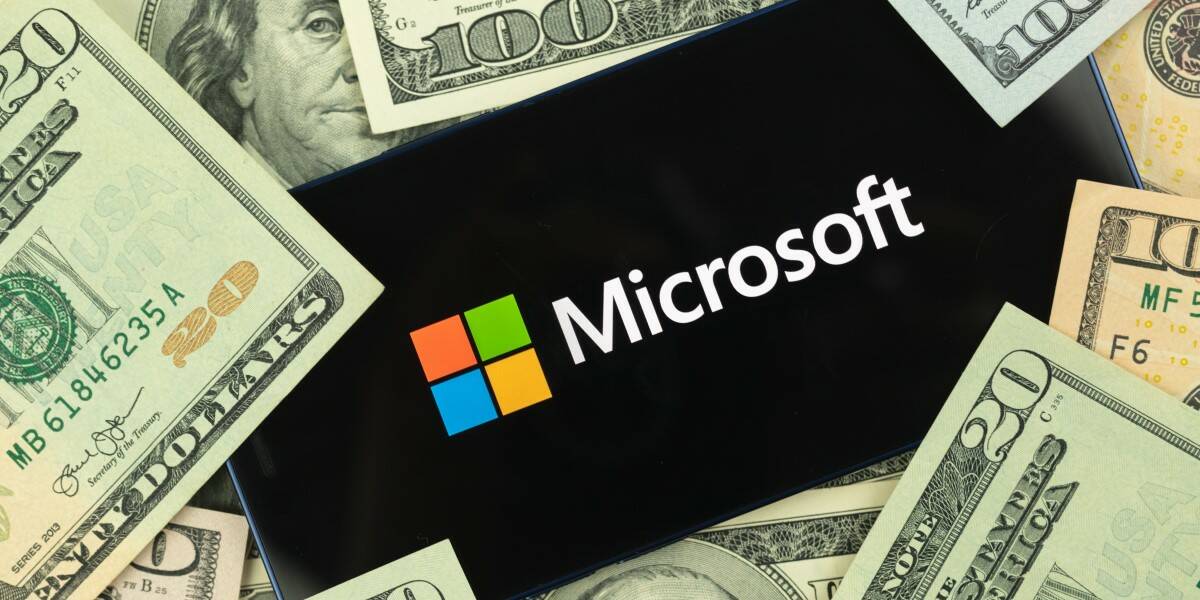- Jul 27, 2015
- 5,459
Microsoft has announced it will "sunset" the Windows Information Protection data leak prevention offering baked into its client operating system.
"Certain capabilities within the solution known as Windows Information Protection (WIP), previously referred to as Enterprise Data Protection (EDP) will be discontinued over time," opens a post by Rafal Sosnowski, a program manager on the Windows Core Data Protection Team. Sosnowski explained the decision as sensible because while WIP was on sale, Microsoft built Microsoft Purview Data Loss Prevention (DLP) and made it "deeply integrated with Microsoft Purview Information Protection to help your organization discover, classify, and protect sensitive information as it is used or shared."
Purview is a superset of WIP and works across endpoints, Microsoft's cloud services, and third-party SaaS offerings. Poor old WIP looks meek by comparison. Microsoft has therefore decided that WIP is no longer a work in progress. Or as Sosnowski put it: "To support your multi-cloud and multi-platform data protection journey and simplify your decision-making process, we are announcing today that Windows Information Protection (WIP) is no longer under active feature development and will be discontinued in future versions of Windows."
WIP is likely to be in Windows 11 version 22H2, because that release is deep in development, and it could appear in several subsequent Windows updates too. But the message is clear: WIP is on the way out.

Microsoft sunsets Windows Information Protection
The alternative is a paid subscription service. What's the bet it's more expensive than the current offering?


